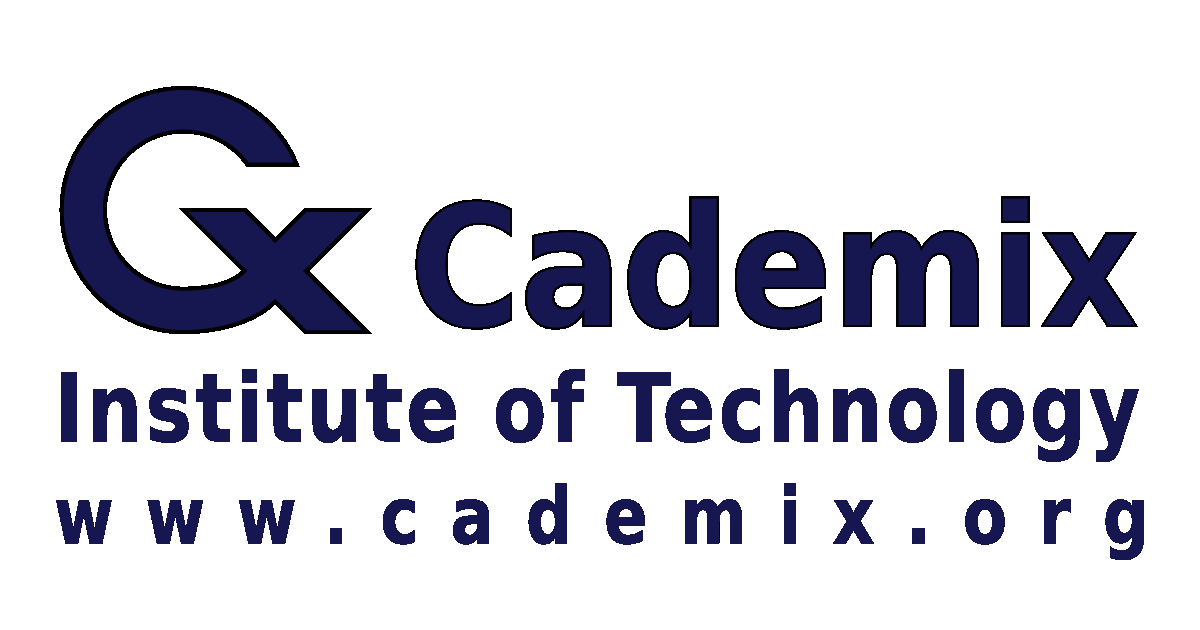Engagement has become the defining metric of success in the digital landscape, yet many businesses and content creators fail to understand the psychological drivers behind why people interact with online content. By recognizing the interplay of cognitive biases, emotional appeals, and social influences, brands can develop content that not only grabs attention but also fosters long-term audience relationships. This article explores key psychological triggers that enhance digital engagement and provides actionable strategies to leverage them effectively. For further reading on foundational principles on psychology of engagement, you can explore resources like the American Psychological Association and Verywell Mind’s article on the Mere Exposure Effect.
Dr. Javad Zarbakhsh, Cademix Institute of Technology
Keyphrases: Digital Engagement Psychology, Cognitive Bias in Social Media, Emotional Triggers in Online Content, Psychology of Engagement
Table of Contents
Introduction on the Psychology of Engagement
In a world inundated with social media updates, blog posts, and viral videos, it is easy to assume that user engagement is purely a matter of chance. However, beneath every click, comment, and share lies a complex network of psychological processes. People are not merely reacting to random stimuli; they are guided by deep-seated cognitive biases, emotional responses, and social cues that shape how they interact with digital content. Recognizing these underpinnings allows businesses and thought leaders to craft more resonant, high-impact messages.
Crucially, the battle for user attention is not just about maximizing likes or views. It is about establishing genuine connections that drive loyalty and community. By aligning marketing tactics with well-researched psychological principles, brands can forge enduring relationships with their audiences, transforming fleeting interactions into meaningful, long-term engagement. In the following sections, we delve into the specific cognitive biases and emotional hooks that shape digital behavior, examine how social dynamics influence content sharing, and outline strategies to weave these insights into a marketing approach.

Cognitive Biases and Their Role in Digital Engagement
Cognitive biases serve as mental shortcuts that help people process information quickly, sometimes at the expense of objectivity. These deeply ingrained tendencies influence how individuals evaluate and respond to online content. Understanding them can enhance digital strategies.
Mere Exposure Effect. The more frequently someone sees a piece of content, the more they tend to like or trust it simply because it becomes familiar. Consistent branding, recognizable imagery, and repeated messaging can foster comfort and credibility. For a deeper look at this concept, consult Verywell Mind’s resource.
Confirmation Bias. People are drawn to information that aligns with their existing beliefs. Content that reaffirms personal viewpoints can attract likes, shares, or supportive comments. Conversely, material challenging those viewpoints may provoke strong emotional reactions and ignite debate.
Bandwagon Effect. High engagement often leads to even more engagement. Social proof—reflected through numerous likes, comments, and shares—motivates others to join in. Emphasizing testimonials or highlighting popularity signals (for instance, showcasing a large subscriber base) can amplify this dynamic.
FOMO (Fear of Missing Out). Limited-time offers, flash sales, or trending hashtag challenges tap into an underlying anxiety that one might miss out on something valuable or socially relevant. This psychological pressure can lead users to participate in order to stay current.
Integrating these biases judiciously can elevate the pull of marketing campaigns. Nonetheless, it is vital to avoid manipulation; embracing biases ethically sustains trust and long-term engagement.
Emotional Triggers That Drive Engagement
While cognitive biases shape how people perceive information, emotional responses often determine whether they take action, whether that action is liking, commenting, or sharing. Emotions act as potent catalysts, making content memorable and encouraging audiences to pass it along.
Happiness and Joy. Positive content, whether uplifting stories, humorous videos, or affirmations, can motivate people to share in order to spread cheer. Celebratory campaigns, heartfelt success narratives, and highlights of community achievements tap into users’ desire to boost positivity.
Anger and Controversy. Content involving polarizing issues or provocative stances garners high engagement by sparking debates. This approach carries risk, as it may alienate parts of the audience, so it should be managed carefully while keeping brand values clear.
Surprise and Curiosity. Information that subverts expectations or introduces little-known facts can pique curiosity. Compelling headlines framed as questions or bold statements encourage users to learn more.
Fear and Urgency. Expressions like “Don’t miss out” or “Only 24 hours left” generate a sense of urgency. While they can be effective, repeated use may erode trust if audiences feel they are being manipulated. Maintaining balance is essential.
Tapping into authentic emotional reactions can inspire deeper involvement. For guidelines on ethically using emotional appeals, see HubSpot’s marketing blog on emotional marketing.
Social Influences and Community-Driven Engagement
Human beings crave social validation and a sense of belonging. These impulses manifest strongly online, where communities form around shared interests and peer endorsement can determine a piece of content’s success.
Tribal Identity. Social media platforms cater to niche groups, from hobbyist circles to professional forums. Creating content that resonates with a particular tribe can galvanize engagement, as individuals unite around common values.
Reciprocity. When brands or public figures genuinely interact with their audience—by responding to comments, acknowledging user contributions, or offering public thanks—they build a sense of mutual appreciation. This encourages continued participation.
Gamification. Turning engagement into a playful challenge through elements like leaderboards or recognition badges can sustain user interest. Duolingo, for example, maintains user motivation by rewarding progress with achievements.
Influencer and Peer Recommendations. Word-of-mouth is a powerful influencer. Endorsements from friends, relatives, or trusted figures lend a layer of credibility to content, boosting its visibility.
By focusing on communal involvement, brands nurture dedicated supporters. Campaigns that invite personal storytelling or other kinds of user-generated content help cultivate emotional investment and a sense of shared ownership.
Strategies for Leveraging Psychology of Engagement Triggers
Acquiring knowledge of underlying psychology is only the initial step. Success emerges from seamlessly applying that knowledge to marketing actions.
Personalization and Relevance. Data-driven insights enable the tailoring of messages to user preferences, past interactions, or geographic location. Customized emails, recommended articles, or precisely targeted ads typically outperform generic campaigns.
Storytelling Techniques. Narratives that incorporate relatable characters, conflicts, and resolutions often captivate audiences more than factual summaries. Conveying key details through a compelling story can create empathy and emotional resonance.
Interactive and Multi-Sensory Content. Formats like video, live streams, polls, quizzes, and augmented reality invite active participation and stimulate multiple senses. Platforms such as Instagram and TikTok offer built-in features that encourage collaborative creativity.
User-Generated Content and Challenges. Issuing creative challenges tied to brand identity can entice users to submit their own photos or videos. This not only boosts reach through organic sharing but also personalizes the experience for participants.
Clear Calls-to-Action (CTAs). Prompting users to engage in specific ways—such as providing a comment, sharing a personal experience, or reacting to a poll—gives them direction. Undefined or weak CTAs can reduce the likelihood of meaningful interactions.
The Future of Digital Engagement: Where Are We Headed?
As technology evolves, user behavior follows suit. Developments like AI-powered personalization, augmented reality experiences, and decentralized networks will continue shaping how people discover and share content. However, the fundamental forces behind engagement, including cognitive biases, emotional resonance, and social validation, are unlikely to change.
AI-Enhanced User Journeys. Advanced algorithms may soon predict user needs with even greater precision, allowing content creators to present the right message at the ideal moment. When used responsibly, AI has the potential to bolster both user satisfaction and engagement.
Immersive Realities. Virtual reality (VR) and augmented reality (AR) can offer experiences that go beyond the usual two-dimensional screen, creating heightened emotional connections. Brands that harness immersive storytelling effectively may find an edge in user involvement.
Decentralized Platforms. Emerging social platforms that emphasize user data ownership and distributed moderation could shift how trust and credibility are established online. Building goodwill in these environments might require a higher level of authenticity and community collaboration.
Regardless of how digital environments transform, harnessing timeless psychological underpinnings remains key. Adapting these principles to shifting platforms and user expectations will ultimately distinguish successful brands from those left behind.
Conclusion
Engagement metrics may fluctuate with the introduction of new platforms, algorithms, and consumer trends, but human psychology remains constant at its core. Cognitive biases steer users’ initial perceptions, emotional triggers prompt actions, and social influences underscore community-based involvement. By grasping and applying these principles, brands and content creators can cultivate enduring relationships rather than simply chasing short-lived clicks or likes.
Designing content around universal human drivers—whether by personalizing messages, incorporating emotional narratives, or fostering an environment where community thrives—lays the groundwork for authentic connections. Those willing to invest in the science behind attention and motivation stand to gain not only higher engagement but also a level of loyalty that persists across evolving platforms and campaigns.

